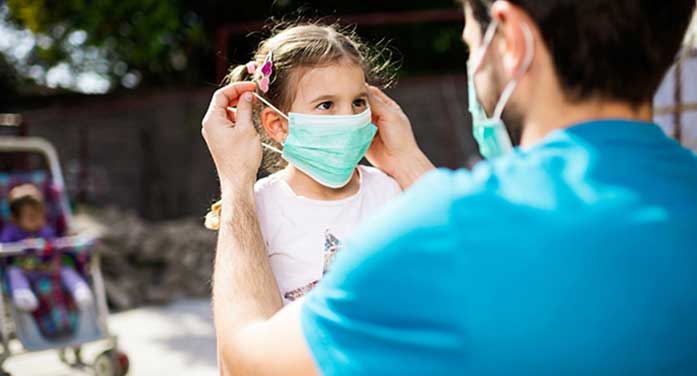
As we enter the final quarter of this year, many Canadians are likely more than ready to say goodbye and good riddance to 2020, the year of the pandemic. But what if, in some ways at least, 2021 could actually be even more difficult?
Consider this: Besides killing nearly 10,000 Canadians and more than one million people worldwide, COVID-19 has wreaked a huge economic wound on Canadians, their businesses, and their families. The pandemic has left many in serious distress.
The federal government, like many around the world, responded immediately with emergency financial assistance and loan programs, whose acronyms became quickly familiar to those in need: CERB (Canada Emergency Relief Benefit), CEWS (Canada Emergency Wage Subsidy), and CEBA (Canada Emergency Business Account), to name just a few.
A new report from the Parliamentary Budget Officer (PBO) now projects a budget deficit of nearly $329 billion, 15 percent of gross domestic product. (This doesn’t include proposals announced in the recent throne speech.) It also takes for granted that the virus and public health measures will remain fixtures on the horizon for the next 12 to 18 months. The PBO calculation, however, assumes that the emergency spending measures will end when this fiscal year ends.
Some version of most of these programs, like CERB and CEWS, were urgent and needed during the shutdown to weather the biggest economic crisis Canada has experienced since the Second World War. As of late last month, nearly nine million Canadians have applied for CERB and the government has paid out more than $80 billion to those who qualified.
Across all sectors of the Canadian economy, including construction, manufacturing, education, health, hospitality, retail and others, more than one million applicants for the wage subsidies have received over $37.4 billion through the CEWS program.
Small businesses received $1.32 billion in rent relief while many of their employees were working from home, and their doors were closed or their operations were at reduced capacity. More than 70,000 businesses received CEBA loans totalling more than $18 billion in interest-free loans of up to $40,000 for eligible enterprises and non-profits.
Charities and food banks received an additional $425 million more to support community services to Canadians affected by the pandemic.
At some point soon, these programs will end because such extraordinary spending measures will no longer be sustainable. When the government’s miraculous money faucet is turned off, what happens next?
As we move into 2021, many will face a tough, uphill climb. Families, businesses, and charities will be pursuing recovery as many of the supports they depended on for survival will no longer be available.
It may be a shock to the system, much like what a patient in hospital feels when recovering from surgery and the morphine drip for pain management is suddenly no longer there.
Eight steps to get Canada’s economy restarted by Ian Madsen
Will charities have the additional support of increased private giving to make up what’s lacking?
Will the retail or hospitality sectors revive without stronger consumer spending when life-support emergency measures are no longer in place?
What will be the effects of the second wave with a second shutdown and more targeted measures to contain the spread and flatten the curve?
In budgeting for 2021, many will start well behind their 2020 actuals as the government support plus the customer activity that was facilitated by government support will not be available. Like pain killers, these supports masked the true depth of the COVID-19 damage.
As we go through the transitions of the coming days, some yet unfelt pains will have to be endured together.
However, this is ultimately not about doom and gloom predictions or forecasting in fear, but about keeping a watchful eye on the trends and trajectories that will shape our common life. Looking through the same lens, COVID-19 has opened the eyes of many to the need for real change that seemed impossible before the great pause of the pandemic.
Workaholic parents now at home pay new attention to the needs of their growing children. There’s a new focus on racial and other injustices that have surfaced during this time of shared trial. We have a growing awareness that despite our many differences, we can’t avoid being connected in more ways than we previously realized.
The move from 2020 to 2021 could refocus our vision and practice in new ways not only at the personal level, but also at the broader public, societal level.
When we witness government becoming too overextended in ways that are ultimately harmful, the opportunity or urgency will be there to refocus the government on its core mission of what it can singularly do well.
It will require a right-sizing of government or returning to balance that will include paying renewed attention to the health and contributions of other institutions, like families, schools, churches and religious organizations, and more that have their own equally important and critical contributions to make to the hard work of recovery and renewal of society in the days ahead.
Ray Pennings is executive vice-president of of the think-tank Cardus.
Ray is a Troy Media contributor. Why aren’t you?
The views, opinions and positions expressed by columnists and contributors are the author’s alone. They do not inherently or expressly reflect the views, opinions and/or positions of our publication.


